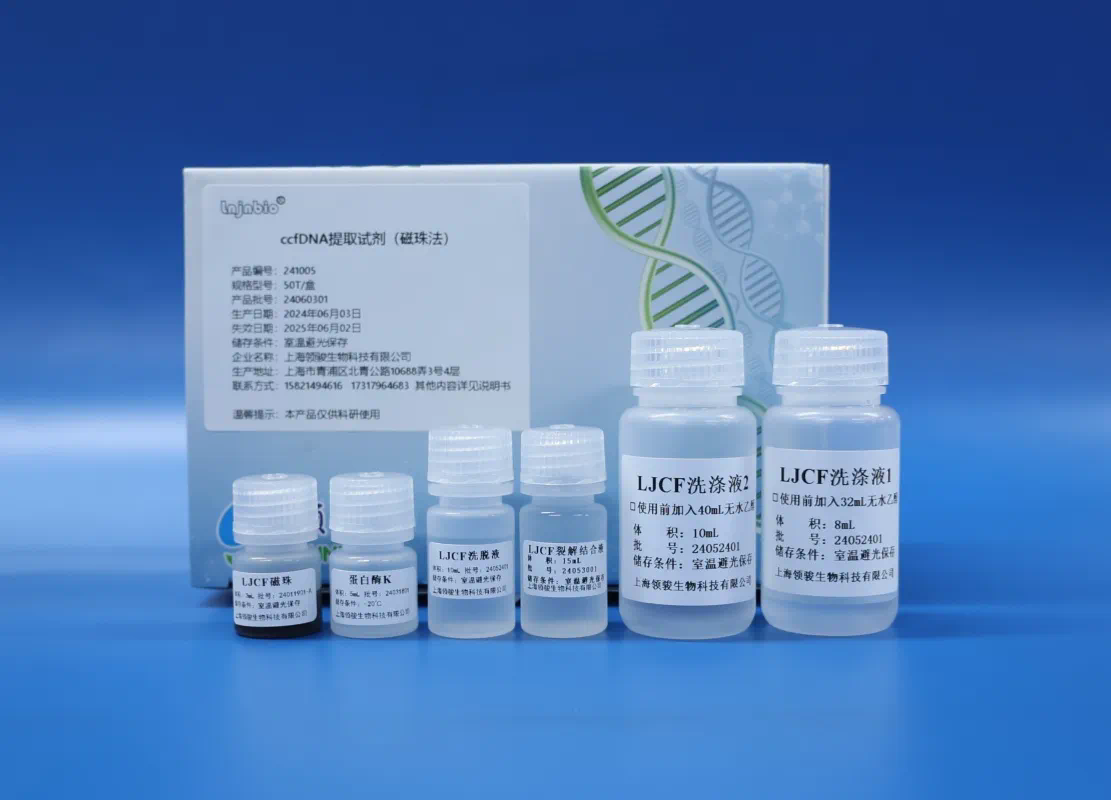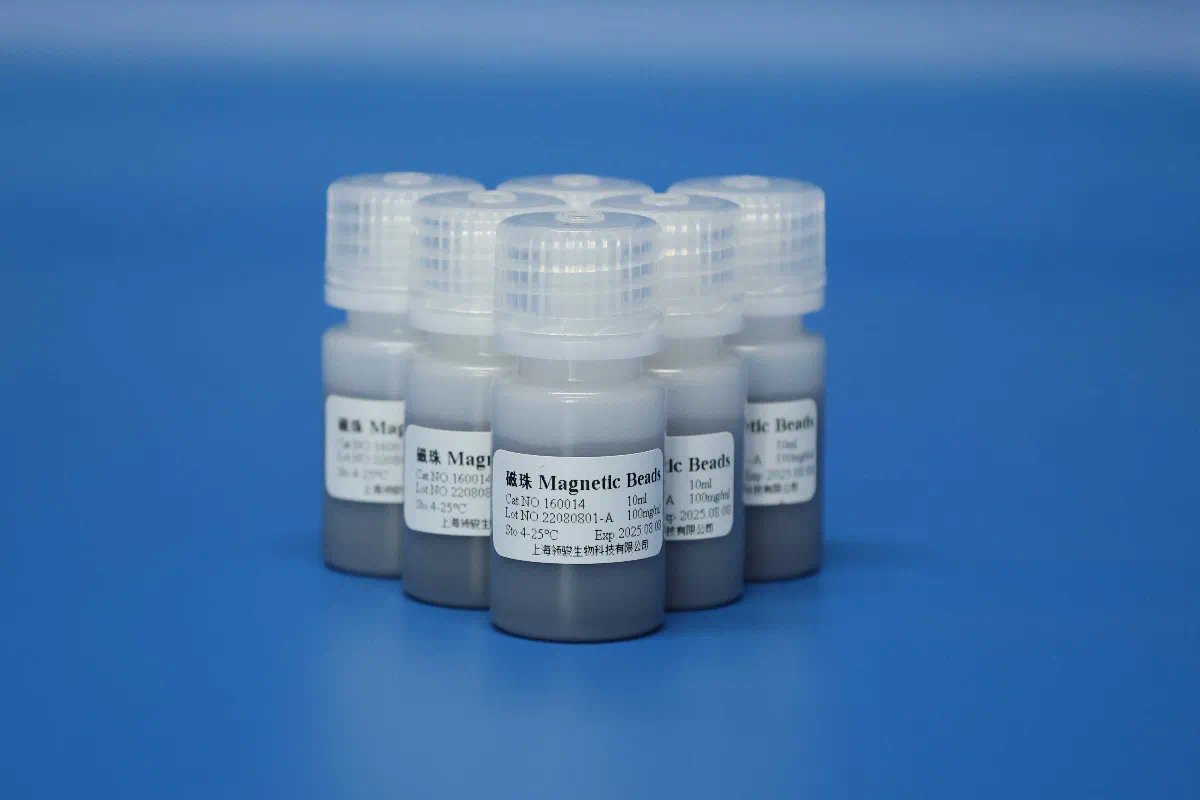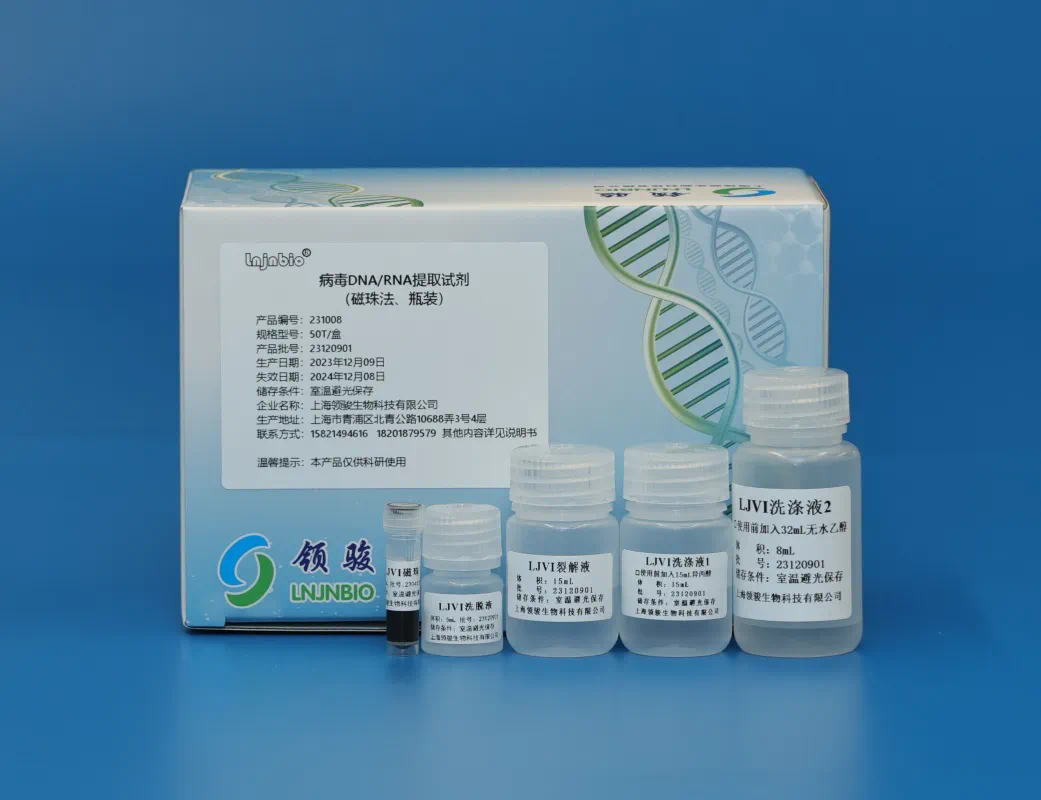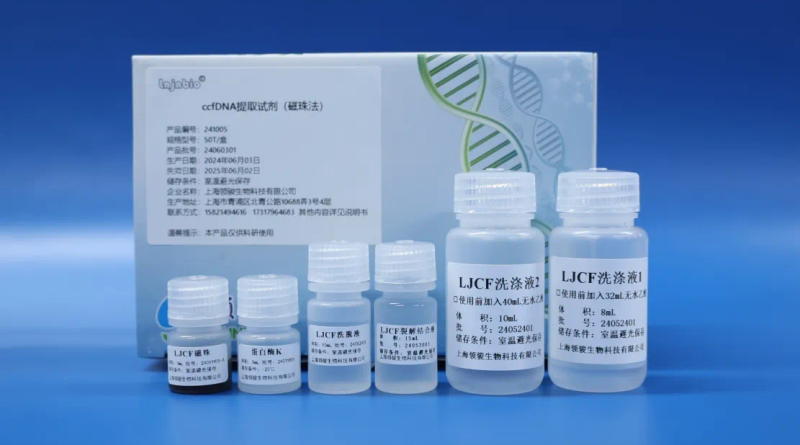Optimization of Nucleic Acid Extraction from Swab Samples and Guidelines for Efficient Operations
Optimization of Nucleic Acid Extraction from Swab Samples and Guidelines for Efficient Operations
The extraction of nucleic acids from biological samples is a critical process in molecular biology, diagnostics, and forensic analysis. Among various sample types, swab samples are commonly utilized due to their ease of collection, non-invasive nature, and ability to capture a range of biological materials, including DNA and RNA. However, the efficiency of nucleic acid extraction from swab samples can vary significantly based on several factors, including the type of swab, the extraction method employed, and the presence of inhibitors.
This article provides a comprehensive overview of optimizing nucleic acid extraction from swab samples, discussing various methods, protocols, and guidelines for efficient operations.
Understanding Swab Samples
Swab samples are typically collected using sterile swabs, which can be made from different materials such as cotton, polyester, or nylon. The choice of swab material can affect the yield and quality of extracted nucleic acids. For example, polyester swabs are often preferred for DNA extraction due to their lower propensity to release inhibitory substances compared dna extraction reagent to cotton swabs. In addition, the collection site—whether it be oral, nasal, or skin—can also influence the composition and quantity of nucleic acids obtained.
Factors Influencing Nucleic Acid Extraction
1. Swab Material: The type of swab used can significantly impact the extraction process. Polyester swabs tend to provide higher yields and purities of magnetic beads cell isolation nucleic acids compared to cotton swabs, which may introduce contaminants.
2. Sample Handling: Proper handling and storage of swab samples are essential to prevent degradation of nucleic acids. Samples should be kept at appropriate temperatures and processed as soon as possible after collection.
3. Extraction Method: Various extraction techniques exist, each with its advantages and disadvantages. Methods can be broadly categorized into organic extraction, silica-based methods, and magnetic bead-based approaches.

Organic Extraction Techniques
Organic extraction methods involve the use of phenol-chloroform to separate nucleic acids from proteins and other contaminants. While this method can yield high-quality nucleic acids, it requires careful handling of hazardous chemicals and can be time-consuming.
Silica-Based Extraction
Silica-based methods utilize the affinity of nucleic acids for silica under certain conditions, allowing for effective purification. This technique is often faster and safer than organic extraction, making it popular for laboratory use. Commercial kits are widely available, providing standardized protocols that enhance reproducibility.
Magnetic Bead-Based Methods

Magnetic bead-based extraction has gained popularity due to its versatility and ease of use. Nucleic acids bind to magnetic beads, which can then be separated from the sample using a magnet. This method minimizes contamination risks and allows for the extraction of both DNA and RNA.
Optimizing Extraction Protocols
To achieve optimal yields and quality of nucleic acids from swab samples, several protocol adjustments can be considered:
1. Lysis Buffer Composition: The choice of lysis buffer can significantly impact the effectiveness of cell lysis and nucleic acid release. Buffers containing detergents and enzymes such as proteinase K can enhance the extraction process.
2. Incubation Time and Temperature: Prolonged incubation times at elevated temperatures can improve lysis efficiency. However, it is crucial to find a balance to prevent nucleic acid degradation.
3. Washing Steps: Adequate washing steps during purification are vital to remove contaminants and inhibitors. The number of washes and the composition of washing buffers should be optimized based on the extraction method used.
4. Elution Conditions: The elution buffer should be carefully selected. Using a low-salt buffer can enhance the yield of nucleic acids, while higher salt concentrations may be beneficial for specific downstream applications.
Quality Control of Extracted Nucleic Acids

Post-extraction quality control is crucial to ensure that the nucleic acids are suitable for downstream applications such as PCR, sequencing, or cloning. Common methods for quality assessment include:
1. Spectrophotometry: Measuring absorbance ratios (A260/A280) provides an indication of nucleic acid purity. Ratios between 1.8 and 2.0 are generally considered acceptable for DNA.
2. Agarose Gel Electrophoresis: This method allows for the visualization of nucleic acids and assessment of their integrity. High-quality DNA appears as distinct bands, while degraded samples show smearing.
3. Quantitative PCR: This technique can be used to assess the functional quality of extracted nucleic acids by determining their amplifiability.
Guidelines for Efficient Operations
To ensure efficient nucleic acid extraction from swab samples, laboratories should adhere to the following guidelines:
1. Standardized Protocols: Establishing standardized protocols for sample collection, processing, and extraction can enhance reproducibility and reduce variability.
2. Training Personnel: Ensuring that all personnel are adequately trained in sample handling and extraction techniques is essential for maintaining quality standards.
3. Regular Equipment Maintenance: Routine calibration and maintenance of extraction equipment can prevent technical issues and ensure consistent performance.
4. Implementation of Quality Control Measures: Integrating quality control checks at various stages of the extraction process will help identify potential issues early on.
5. Documentation and Record Keeping: Maintaining detailed records of extraction processes, including reagent lots and personnel involved, can aid in troubleshooting and ensure traceability.
Future Perspectives
As technologies continue to advance, the future of nucleic acid extraction from swab samples holds exciting possibilities. Innovations in microfluidics, automation, and the development of novel extraction materials may further streamline the process, reducing hands-on time and increasing throughput. Additionally, advancements in inhibition removal techniques will enhance the reliability of nucleic acid extraction from challenging samples.
Conclusion
Optimizing the extraction of nucleic acids from swab samples is essential for successful molecular analysis in various fields. By understanding the factors influencing extraction efficiency and adhering to best practices, laboratories can significantly improve yield and quality. As research continues to evolve, embracing new technologies and methodologies will further enhance the capabilities and applications of nucleic acid extraction, paving the way for more accurate diagnostics and research advancements.
https://icreekside.com/

